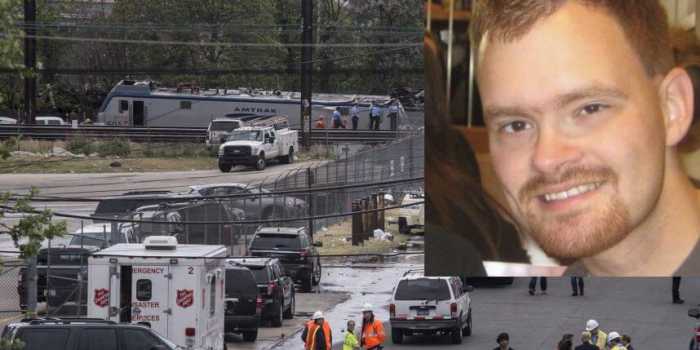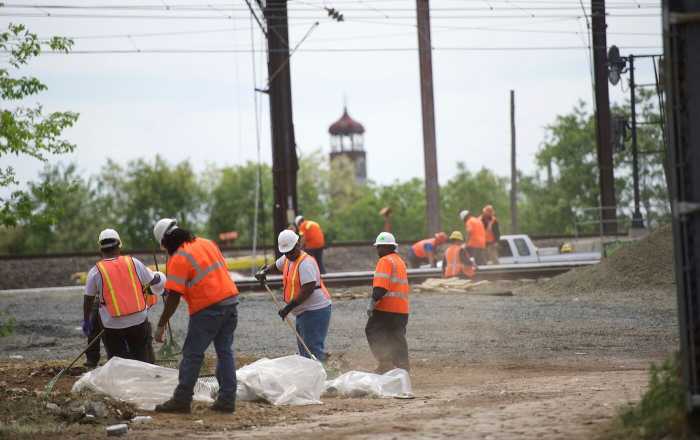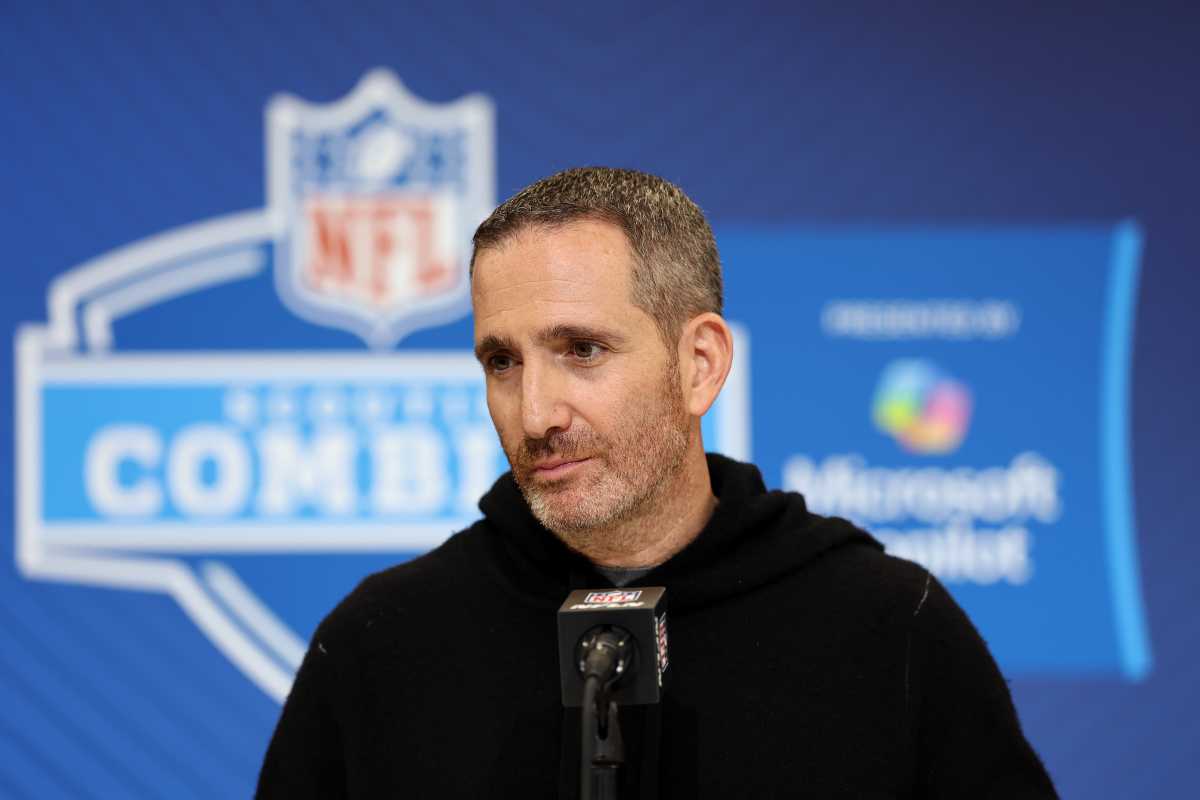Nine months after the deadliest train derailment in recent history took place in Philly city limits, a long-awaited report from the National Transportation Safety Board on the crash is expected to be issued Monday. Eight people died in the crash. Hundreds were injured, including Philly chef Eli Kulp, who was left paralyzed after his spinal cord was severed in the wreck. But authorities and regulators have failed to provide any explanation as to why Amtrak #188 leapt off the rails at 106 miles per hour on curved rails around Port Richmond, where the speed limit was 50 miles per hour, with hundreds of people aboard. The likeliest explanation is still believed to be human error on the part of thetrain’s engineer, Brandon Bostian. That much was obvious to former Philly mayor Michael Nutter, who declared within days of the crash, “Clearly it was reckless in terms of the driving by the engineer. There’s no way in the world he should have been going that fast into the curve … I don’t know what was going on with him. I don’t know what was going on in the cab, but there’s really no excuse that can be offered, literally, unless he had a heart attack.” On Monday the National Transportation Safety Board (NTSB) plans to release more than 2,000 pages of documents related to the crash, including surveillance images, images from the crash, first-hand accounts from crew and first responders, and black box data that documents the train’s final moments, the Inquirer reported. This data will be used by NTSB board members to determine the cause of the crash. That determination is expected to be issued this spring.
A transcript of an interview with Bostian will also be released by the NTSB.
But officials already said publicly just a month after the crash that Bostian does not recall the moments leading up to the crash, and was not talking, using his phone or intoxicated when the train jumped the rails. Positive train control technology, which prevents trains from traveling above safe speed limits based on where they are located, was not implemented on rails between Philly and New York at the time of the derailment. The New York Times Magazine recently delved into the crash and into Bostian’s life for clues about the crash, but came up only with speculation.
Bostian losing “situational awareness” has been cited as a potential cause of the crash by sources including U.S. Sen. Joe Manchin. In other words, he may have lost track of where he was and accidentally accelerated while driving the train into the curve — the sharpest curve along Amtrak’s rails between Washington, D.C. and New York City. Reports that a projectile may have been thrown at the train and somehow led to the crash have not yet been ruled out. A SEPTA train on the same tracks reported being hit in the windshield by an object. A decision on the cause of the crash is not expected until spring. Members of NTSB’s board will vote on what the “probable cause” of the crash is.
Amtrak crash still a mystery months later despite NTSB data dump

Getty Images





























